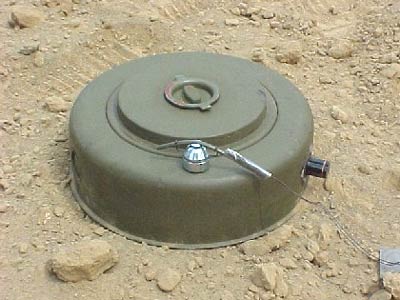
U.S. Troops StuckIn Afghanistan’s Mud
This year, the frequency of the Taliban’s attacks on U.S. troops has risen significantly. They have also expanded their area of control gradually, moving toward big cities such as Kabul. According to U.S. officials, the Taliban launched 3,800 bomb attacks in the last year. But from January to July of this year, the number of attacks has exceeded 6,000. Faced with the ever-changing, uncontrollable Afghan situation, those stationed in Afghanistan had to ask for more troops from the White House to handle the continually worsening Afghan situation.
The New York Times reports that in order to stabilize the increasingly war-weary attitude of the U.S. troops stationed in Afghanistan, recently a new version of the army handbook “Small-Unit Operations in Afghanistan” was issued. The new handbook includes the experience and lessons learned with the blood of the U.S. troops in Afghanistan, as a regulatory guide on combat behavior. Right now, the deeply trapped U.S. troops are frightened, as no one knows when the war will end.
U.S. troops in Afghanistan Are Birds Frightened by the Merest Twang of a Bow
Since Obama became president, some of the U.S. troops stationed in Iraq have been transferred to Afghanistan, with a plan to increase the forces stationed at Afghanistan to 68,000 soldiers. Nevertheless, army officials believe that this will not help them to cope with the worsening situation in Afghanistan at all, as the Taliban’s armor has grown stronger and stronger, and their strategies more polished. The situation in Afghanistan has become such that the more forces are used, the more perilous the situation becomes. The Pentagon thinks of the new army handbook as the “essence of blood” distilled from the countless failures the U.S. troops had suffered. The most notable quotes from the handbook are: the good roads are always laden with landmines; fake death to live; you and your enemy are both within firing range, etc.
Obama’s strategy to increase the number of troops in Afghanistan not only is unable to control the situation there, but instead incites more intense defense from the Taliban. The Taliban spokesman said that the increase in U.S. troops in Afghanistan would only cause greater casualties and that the Taliban had made the preparations to fight. Faced with the Taliban’s meticulously planned serial attacks, the death toll of the U.S. troops rose rapidly. Due to the incessant attacks, U.S. soldiers in Afghanistan are under immense psychological stress in general, and many need psychological therapy as a result. Under extreme pressure of death and casualties, many suffer psychological tortures such as insomnia, fear and anxiety. Some even opt for suicide.
U.S. troops were once attacked by a time bomb on a busy country road. The troops, in constant fear, counter-attacked. As they failed to find the target, they treated all the vehicles and people nearby as their attackers and shot at them, only to find out in the end that they were all Afghan civilians. This incident showed that the U.S. troops, due to fear of war and death, have become scared birds startled by the merest twang of a bow. The attack on innocent Afghan civilians has further stirred up anti-American sentiments among the local communities.
The psychologists engaged by the U.S. Army had to see at least 20 soldiers each day upon arrival in Afghanistan, and were even busier than doctors in America. According to the U.S. media, the soldiers on battlefields under the threat of death for prolonged periods generally long to go home. This is one part of the tremendous psychological crisis facing U.S. troops stationed in Afghanistan.


